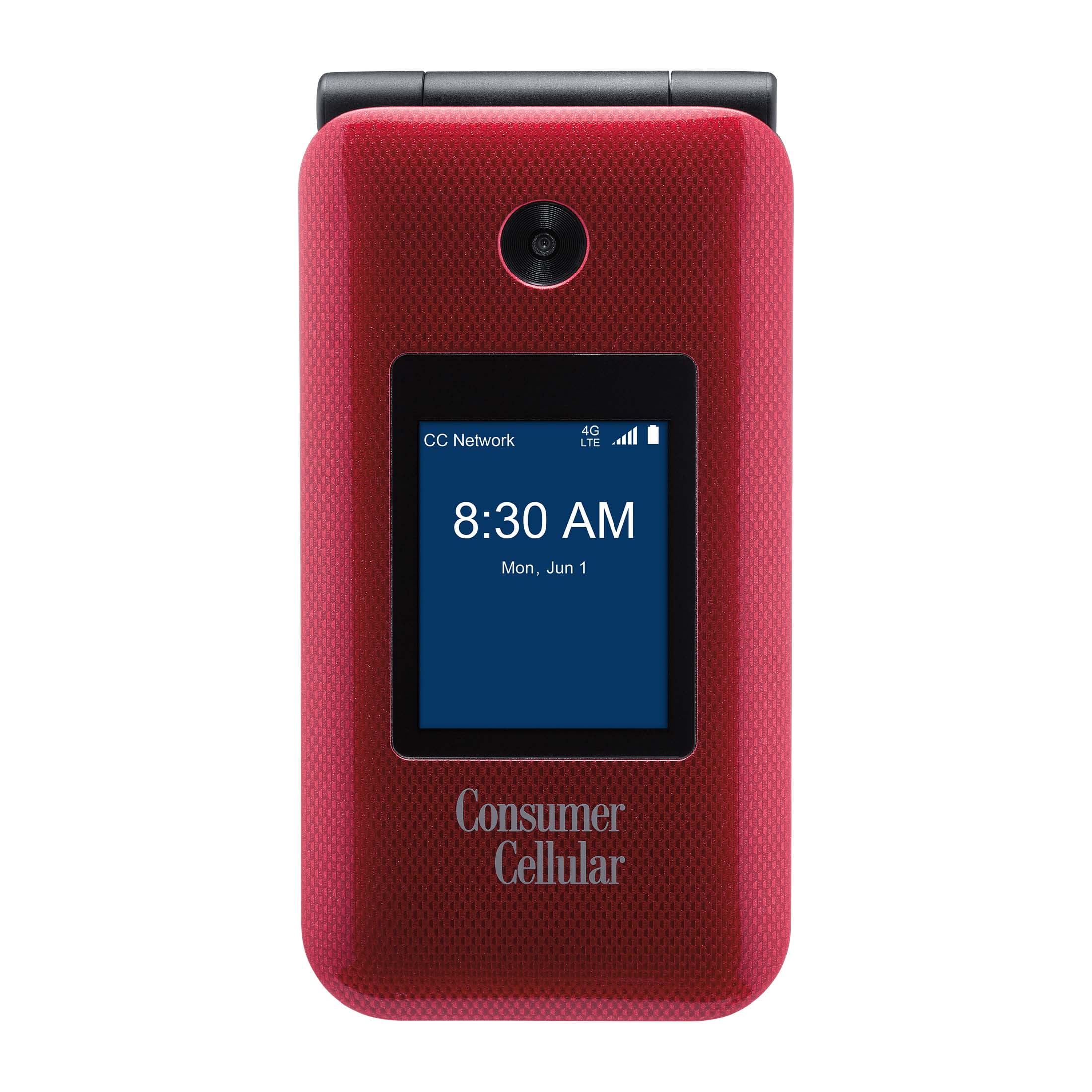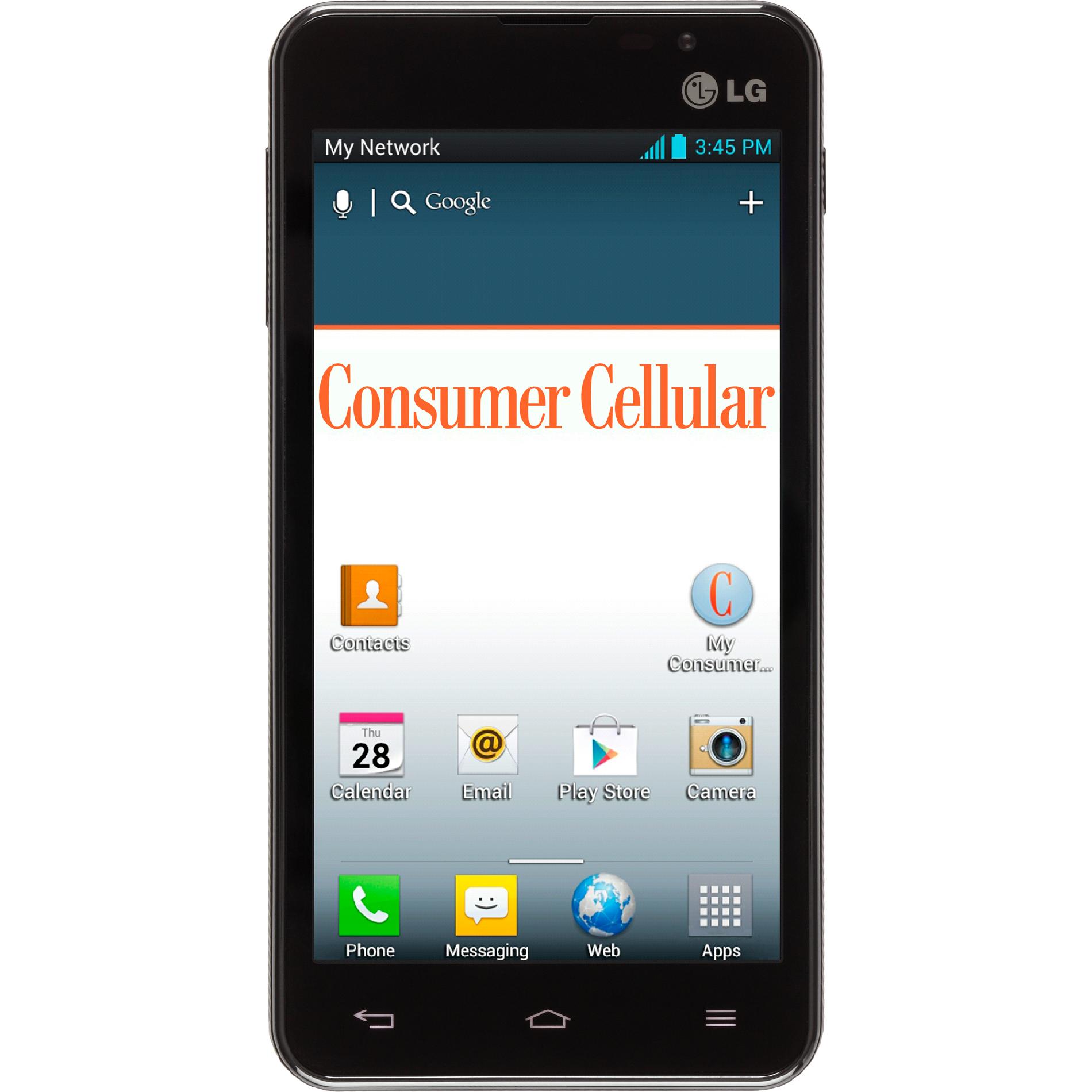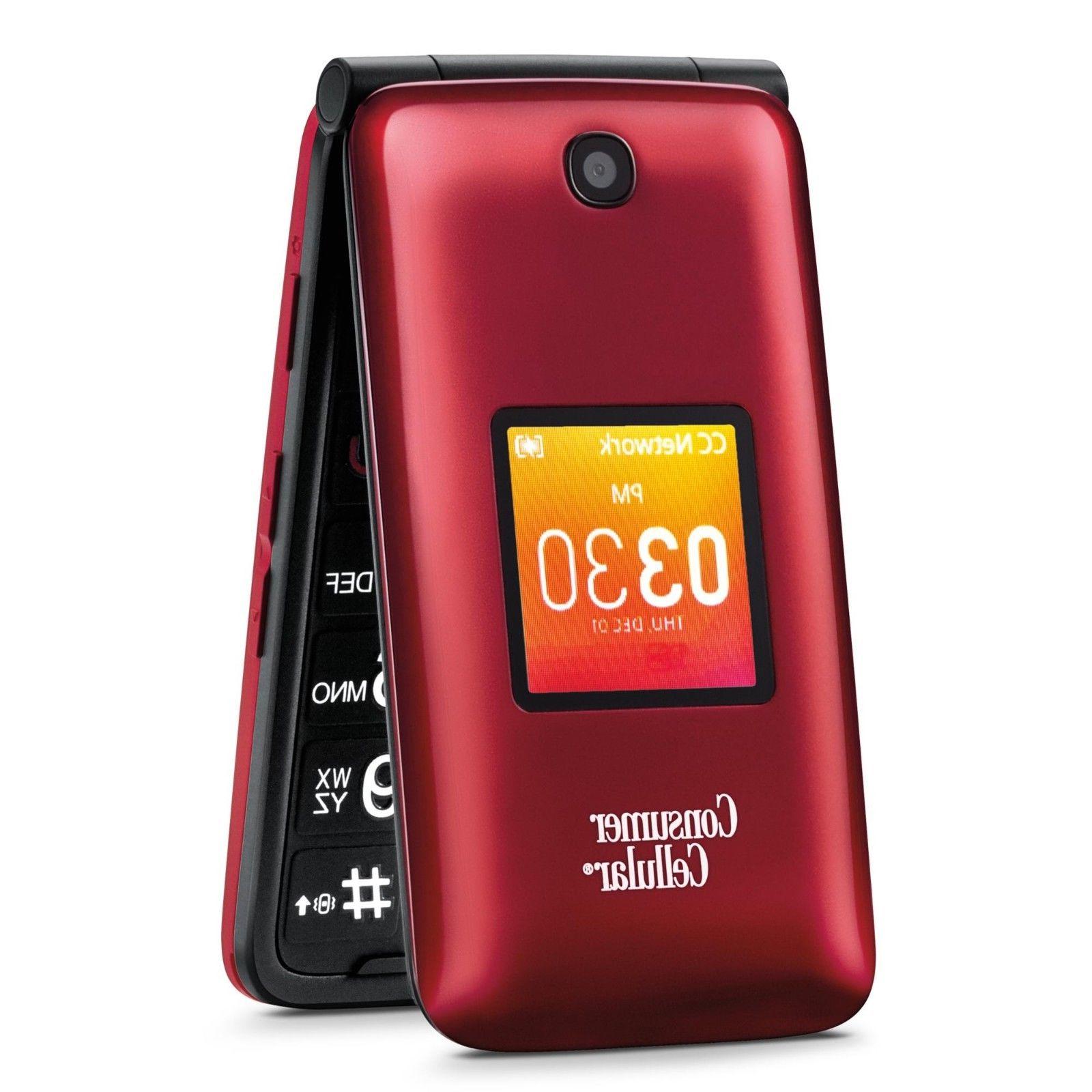Consumer Cellular - What You Might Want To Know
Considering a change in your phone service can be a big step, especially when you're looking for a better deal or perhaps a different kind of experience. Many people, it seems, have looked into options like Consumer Cellular, often drawn in by what appears to be a more budget-friendly approach to staying connected. It's a common thought, too, that moving from a larger, perhaps more traditional carrier might bring both savings and improved interactions with your service provider.
For some, the idea of getting a new phone at the same time makes the switch even more appealing. You might, for example, pick up a fresh Apple device from Consumer Cellular, hoping for a smooth transition into a new way of managing your mobile life. There's an expectation, you know, that a new provider will offer clear pricing and a straightforward path to keeping in touch with loved ones or handling daily tasks on your device.
Yet, as many have found, the path isn't always quite as clear as one might hope. Experiences can differ quite a bit, and sometimes what seems like a simple change can bring about some unexpected moments. We're going to look a little closer at what some people have encountered when they chose to give Consumer Cellular a try, exploring various aspects of their service, from billing to device compatibility, and how it all comes together for the everyday user, as a matter of fact.
Table of Contents
- Is Consumer Cellular a Good Deal for Everyone?
- The Promise of Consumer Cellular Pricing
- What Happens When You Need to Change Your Phone Service?
- Moving Your Number from Consumer Cellular
- How Well Does Consumer Cellular Handle Modern Phone Features?
- Consumer Cellular and Data Needs
- Does AARP's Endorsement of Consumer Cellular Align with User Experiences?
- Looking at Consumer Cellular Customer Feedback
Is Consumer Cellular a Good Deal for Everyone?
When someone first considers moving their phone service, the thought of saving money is often a primary motivator. People often look for a service that offers what seems like a better price point without compromising on the quality of their connection. So, it's pretty common for folks to switch from a larger company, like AT&T, with the hope of finding a more affordable plan and perhaps even improved customer care. This aspiration for a better deal is, you know, a very natural thing when managing household expenses.
The Promise of Consumer Cellular Pricing
The initial appeal of Consumer Cellular often rests on the idea of lower costs. Someone might receive a welcome letter, for instance, that clearly lays out the expected monthly fee before any extra charges or government fees are added. This initial information can be quite reassuring, particularly when it includes details about any special arrangements, like those connected with AARP membership. However, as some have found, the actual bill might tell a slightly different story, which can be a bit surprising. There are instances where an "operational compliance fee" has, apparently, seen a significant jump, sometimes as much as seventy-five percent, on a recent bill. This kind of sudden change, without any prior notification or a clear reason given, can really make a person wonder about the straightforwardness of the pricing structure they were initially presented with. It feels, in a way, like the initial pricing might not fully represent the actual cost that ends up on your statement, which can be quite frustrating for anyone trying to manage their budget.
What Happens When You Need to Change Your Phone Service?
Deciding to switch phone companies is often prompted by a desire for something different, whether it's better service, a more suitable plan, or just a fresh start. It's a fairly common occurrence for people to feel that their current provider isn't quite meeting their needs, or perhaps they've simply found another option that looks more appealing. So, if you've been with a company like Consumer Cellular for a while and you're thinking about moving on, you might expect the process to be pretty smooth, like just transferring your existing phone number to your new service. It's a standard part of the process, you know, for most phone companies.
Moving Your Number from Consumer Cellular
The process of taking your phone number with you to a different provider is usually something that happens without much fuss. You give your new company your old number, and they sort out the details with your previous carrier. Yet, some people have found that when they tried to move their number away from Consumer Cellular, it wasn't quite as quick or simple as they had hoped. There have been reports, for instance, of the number transfer taking a rather long time, sometimes as much as two full weeks. This kind of delay can be a real inconvenience, especially if you rely on your phone for work or staying in touch with family. It means you might be without your usual number for an extended period, which, you know, can cause all sorts of little problems in your daily life. The expectation is that this process should happen in a timely way, so when it stretches out, it can be pretty disappointing and make the switch feel a bit more complicated than it needs to be.
How Well Does Consumer Cellular Handle Modern Phone Features?
Today's phones come with a lot of abilities that people rely on, from sending messages in different ways to using data for all sorts of online activities. When you pick a phone service, you naturally assume they'll be able to keep up with these everyday needs. It's not just about making calls anymore; it's about staying connected in a variety of methods that have become, you know, pretty standard in our lives. So, when someone gets a new phone, like an iPhone 14, they expect it to work seamlessly with their chosen provider, supporting all its built-in features.
Consumer Cellular and Data Needs
A significant part of using a modern phone is having access to enough data to do what you need online. Some people have found that Consumer Cellular, in their experience, just couldn't quite keep up with their data requirements. This meant they had to look for a different company that could better handle their internet usage, which, you know, suggests a limitation in how much data support Consumer Cellular could offer. Beyond just general data, there are specific functions that some users have found problematic. For example, receiving text messages sent through an older email-to-text method, like those going to a specific AT&T network address, didn't always work as expected on their Consumer Cellular device. This kind of issue can be a real hassle for those who rely on different ways of getting messages. Furthermore, with newer phones like the iPhone 14, which don't have a slot for a traditional physical SIM card, some users were incorrectly told to purchase one by Consumer Cellular. This shows a bit of a disconnect with the capabilities of modern devices, and it also suggests that the service might not have had the ability to provide international roaming using the newer eSIM technology, which is pretty important for people who travel outside their home country. These sorts of technical mismatches can make using your phone feel a bit frustrating, honestly.
Does AARP's Endorsement of Consumer Cellular Align with User Experiences?
Many organizations lend their name to various products or services, suggesting a certain level of trust or quality. AARP, for instance, has a well-known relationship with Consumer Cellular, which might lead many, particularly older individuals, to believe that the service is specifically suited for them and will provide a straightforward, reliable experience. This kind of backing can be a strong influence on someone's decision to try a new service, you know, creating an initial sense of confidence.
Looking at Consumer Cellular Customer Feedback
While AARP's support might suggest a positive experience, some actual users have shared stories that paint a different picture. There are quite a few complaints, for example, filed with organizations like the Better Business Bureau (BBB) and the Federal Trade Commission (FTC), which seem to contradict the idea of a consistently smooth experience. These complaints, you see, often point to concerns about practices that some perceive as being less than completely open, especially when it comes to older consumers. The sheer number of these reports, in some respects, raises questions about whether the service consistently delivers on the promise of fair and transparent dealings for everyone, particularly those who might be more vulnerable to confusing billing or service changes. It's a situation where the official endorsement doesn't always, apparently, match up with the individual experiences reported by some customers, which can be a little unsettling for those considering the service.

Consumer Cellular, Link II, Red - Flip phone - Walmart.com

Consumer Cellular LG Escape™ Android Smartphone

Collection 105+ Pictures What Are Thumbnails On A Cell Phone Stunning